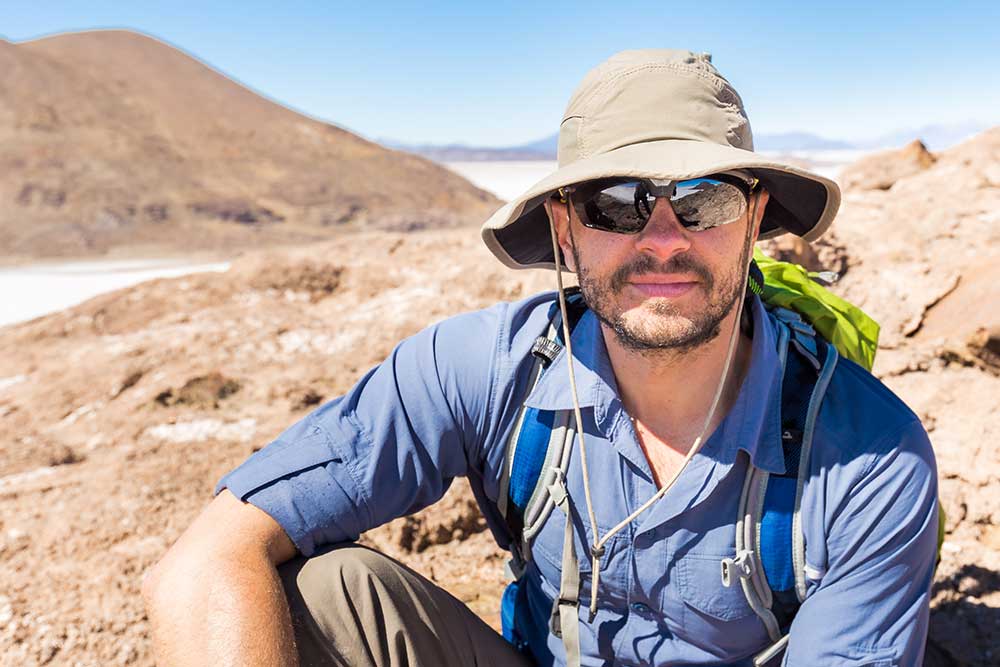All Categories
Featured
Table of Contents
Geophysicist Jobs in East Victoria Park Western Australia 2023

The main design for the radial structure of the interior of the Earth is the preliminary recommendation Earth model (PREM). Some parts of this design have actually been updated by recent findings in mineral physics (see post-perovskite) and supplemented by seismic tomography. The mantle is mainly composed of silicates, and the borders between layers of the mantle follow phase transitions.

Schematic of Earth's magnetosphere. Flows from left to.
Inside the magnetosphere, there are fairly thick areas of solar wind particles called the Van Allen radiation belts. Geophysical measurements are generally at a particular time and place. Precise measurements of position, together with earth contortion and gravity, are the province of geodesy. While geodesy and geophysics are separate fields, the 2 are so carefully connected that lots of scientific organizations such as the American Geophysical Union, the Canadian Geophysical Union and the International Union of Geodesy and Geophysics include both.
Recent Advances In Optimized Geophysical Survey Design in South Perth Aus 2023
A three-dimensional position is computed using messages from four or more visible satellites and referred to the 1980 Geodetic Referral System. An option, optical astronomy, integrates huge coordinates and the local gravity vector to get geodetic coordinates. This technique only offers the position in two coordinates and is harder to utilize than GPS.
Gravity measurements became part of geodesy since they were needed to associated measurements at the surface of the Earth to the recommendation coordinate system.
, which are studied through geophysics and area physics.
Consumer Guide To Geological And Geophysical Services ... in Secret Harbour Australia 2021

Given that geophysics is interested in the shape of the Earth, and by extension the mapping of features around and in the world, geophysical measurements include high accuracy GPS measurements. These measurements are processed to increase their accuracy through differential GPS processing. When the geophysical measurements have actually been processed and inverted, the translated outcomes are plotted using GIS.
Lots of geophysics business have actually designed in-house geophysics programs that pre-date Arc, GIS and Geo, Soft in order to meet the visualization requirements of a geophysical dataset. Expedition geophysics is applied geophysics that often utilizes remote sensing platforms such as; satellites, airplane, ships, boats, rovers, drones, borehole noticing devices, and seismic receivers.
Aeromagnetic information (aircraft collected magnetic data) gathered utilizing conventional fixed-wing aircraft platforms must be fixed for electro-magnetic eddy currents that are created as the airplane moves through Earth's magnetic field. There are likewise corrections connected to changes in measured prospective field strength as the Earth rotates, as the Earth orbits the Sun, and as the moon orbits the Earth.
Geophysicist in Melville WA 2021
Signal processing includes the correction of time-series information for undesirable sound or mistakes introduced by the measurement platform, such as aircraft vibrations in gravity information. It also involves the reduction of sources of noise, such as diurnal corrections in magnetic data. In seismic information, electro-magnetic information, and gravity information, processing continues after mistake corrections to include computational geophysics which lead to the last analysis of the geophysical data into a geological analysis of the geophysical measurements Geophysics became a different discipline just in the 19th century, from the intersection of physical geography, geology, astronomy, meteorology, and physics.
The magnetic compass existed in China back as far as the 4th century BC. It was used as much for feng shui as for navigation on land. It was not till excellent steel needles might be created that compasses were utilized for navigation at sea; prior to that, they could not retain their magnetism enough time to be useful.
By looking at which of eight toads had the ball, one could figure out the direction of the earthquake. It was 1571 years before the very first style for a seismoscope was released in Europe, by Jean de la Hautefeuille. It was never ever developed. Among the publications that marked the beginning of modern science was William Gilbert's (1600 ), a report of a series of careful experiments in magnetism.
Geophysical Method - An Overview in Highgate Aus 2023
Geochemistry, Geophysics, Geosystems. National Aeronautics and Space Administration. Retrieved 13 November 2018.
Runcorn, S.K, (editor-in-chief), 1967, International dictionary of geophysics:. Pergamon, Oxford, 2 volumes, 1,728 pp., 730 fig Geophysics, 1970, Encyclopaedia Britannica, Vol. Introduction to seismology (2nd ed.).
Latest Posts
Geophysical Surveys - U.s. Geological Survey in Wandi Western Australia 2023
Geophysics in Mount Claremont Aus 2020
Geophysical Survey in Casaurina Aus 2020